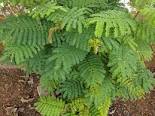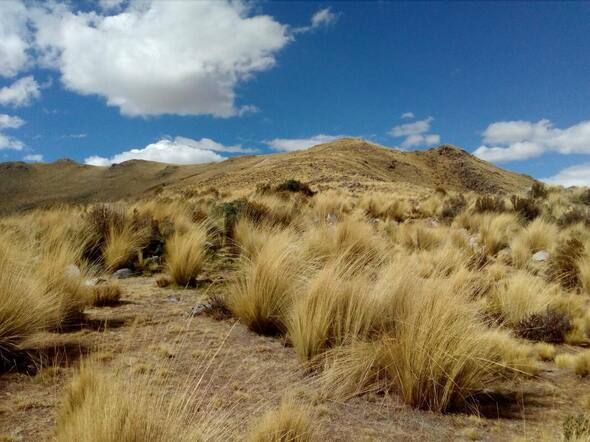An article from Project Drawdown, “Improved Cattle Feed,” appeared in my inbox recently. I sent them this response (more or less):
You say that methane from cows is 27 percent of GHGs? Crop farming is 25 or 30 percent, ground transport around 30, power generation 30, OPC 8 or 10, steel 9 or 10, aviation 3 or 4, deforestation 30 percent --that's already a lot of percents, and we're just getting started. I’ve read numbers for methane “emissions” from ruminant livestock—cows, sheep, and goats—from 14 percent to 44 percent of GHGs. The number seems to depend upon your politics and agenda. Whatever the actual number, it’s enough to deserve a concerted mitigation effort.
You say that methane from cows is 27 percent of GHGs? Crop farming is 25 or 30 percent, ground transport around 30, power generation 30, OPC 8 or 10, steel 9 or 10, aviation 3 or 4, deforestation 30 percent --that's already a lot of percents, and we're just getting started. I’ve read numbers for methane “emissions” from ruminant livestock—cows, sheep, and goats—from 14 percent to 44 percent of GHGs. The number seems to depend upon your politics and agenda. Whatever the actual number, it’s enough to deserve a concerted mitigation effort.
Hover over images for captions.
Legumes can help: tropical legumes Leucaena and Desmanthus might reduce ungulate methane emissions by about 20 percent, though they’re toxic to some non-ruminants. But using croplands to grow soy and grain for cows, as suggested by Project Drawdown, when humans are hungry, is incompassionate at best. The beauty of livestock is that they can graze/browse lands that otherwise would not produce food for humans, and if rotated across pastures scientifically can keep grasslands healthy—where ungrazed grasslands turn to desert--and sequestering carbon in the soil.
Project Drawdown ignored Asparagopsis: I've read that just 2 percent of A. taxiformis or A. armata in cows' diets can reduce their methane production by 99 percent, and they grow 15 percent faster on the same feed. Getting tropical seaweed to all the world's livestock would burn megatons of transportation fuels. But if we're smart we will grow lots and lots of microalgae for biodiesel and 1,000 other uses. Find the gene in Asparagopsis that makes it produce bromoform, the chemical that inhibits the single strain of parasitic bacteria that robs ruminants of nutrients while producing methane, and insert it into some of those microalgae. Take the oils/starches/whatever you want from the algae; the remnant is a concentrated protein livestock supplement that would inhibit the critters' methane burps.
Hover over images for captions.
We will want to grow algae wherever we have wastes to clean up feeding it. That would mean producing a methane-inhibiting, growth-enhancing supplement closer to the cattle, reducing transport costs/GHGs. Research is ongoing: will bromoform inhibit the anaerobic bacteria we want to use to turn manures into biogas and soil enhancements? Harm the ozone layer? But this is a potential common-sense solution, while using croplands to produce higher-quality animal feed instead of food for humans, as Project Drawdown suggested, when a quarter of us are already chronically hungry, is a really bad idea.
Tip Jar







